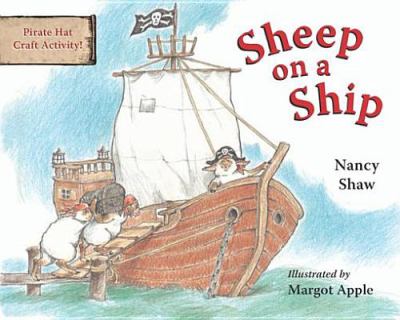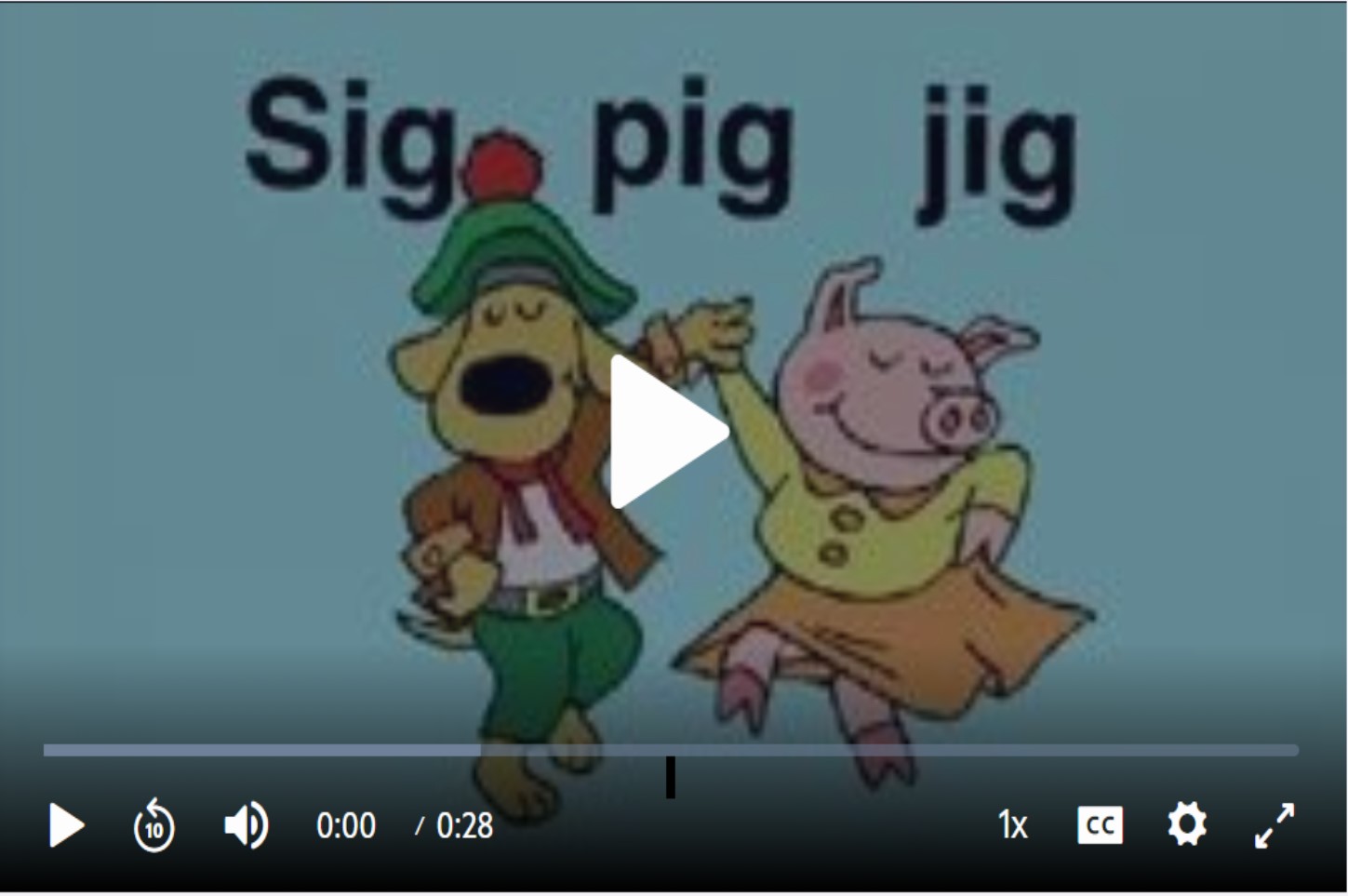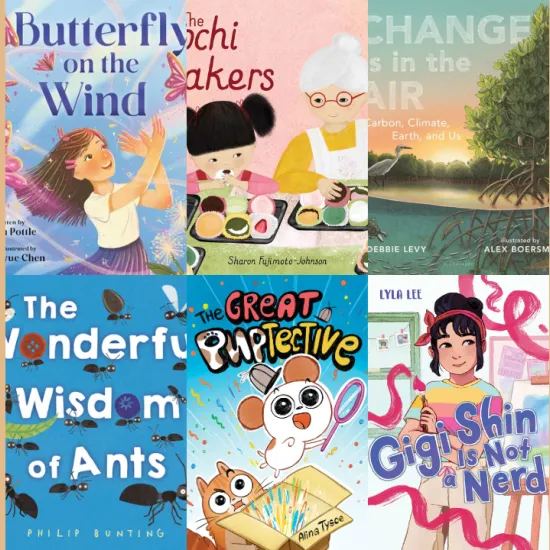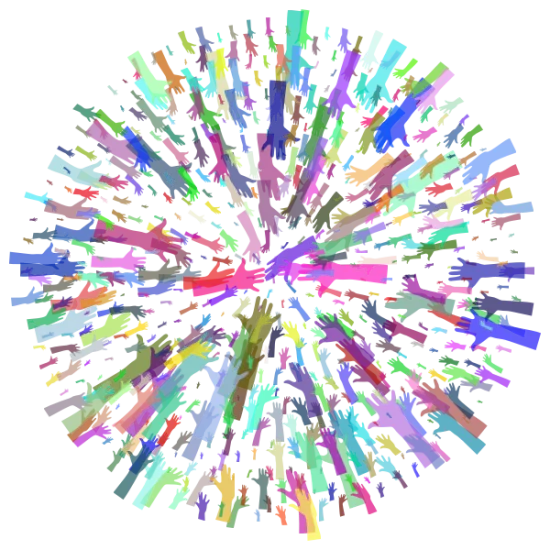- Emily J.
- Thursday, February 18, 2021
This SC Reading Standard is the first step for kindergartners, emerging, or struggling readers to learning to read.
Congratulations! You and your little one are about to embark on an exciting journey. Observing a child dive into one of the most important, fundamental journeys of their lives is both exciting and, at times, challenging. Be patient with yourselves—building the reading brain takes time and practice. We all get there at different times.
Below is an outline of the SC Standards for learning to read. The standards cover seven main topic letter sounds and symbols, rhyming, word analysis, blending, sight words, simple texts, and using context clues. We’ve carefully curated resources from the reading experts to guide your child to reading success.
How will I know my kindergartner has met the SC Standard for learning to read?
- My child understands letter sounds, syllables, and words
- My child can practice rhyming, matching words with similar beginning sounds, and blending sounds into words
- My child can use phonics and word analysis to figure out words
- My child knows some “sight” words
- My child can use pictures and other text to figure out new words
- My child can read simple texts accurately and with understanding of the meaning
1. Understanding Letter Sounds and Symbols
The first step to becoming a reader is understanding the relationship between letter sounds and symbols. This is called the alphabet principle. Learning letters and letter sounds in isolation helps children learn to decode words.
Consonants: Start by learning the most common consonant sounds and the short vowel sounds. Remember that consonant sounds are short, and sometimes soft sounds. Be careful not to add an extra “uh” sound at the end of consonants.
Vowels: Use an alphabet strip to help your child see the different vowels. Mark each vowel with a star or write the vowel in a different color on the alphabet strip. Vowels are fun to pronounce, and unlike consonants, they can be sung or projected in a loud voice. Here’s an alphabet strip from Print Play Learn.
Activities and Multimedia for practicing the sound symbol relationships
- The Measured Mom has a free downloading alphabet flip book. Each letter has a list of words that demonstrate the sound. For example, the word octopus is a great example of the letter sound /o/.
- Reading Rockets has more ideas for activities to practice the letters and sounds.
Review the letter sounds together in this quick letter sound review.
Notice how the children use a hand motion to represent each letter and letter sound. This helps them to recall the letter more quickly because it's multisensory.
For the words to this song and additonal alphabet activities, visit Dr. Jean and Friends.
2. Rhyming and Recognizing Word Patterns
Remember when you sang Mother Goose rhymes together with your children? Mother Goose rhymes help set the stage for learning to read because they introduce rhyming to children. Rhyming is the ability to recognize and compare sounds in words which is a key skill for learning to read and spell.

Activities and Multimedia to practice rhyming
- Reading books, like the Sheep in a Jeep series, help children to identify rhyming words and word patterns.
- Reading Rockets has more rhyming activities to try at home.
- PBS Learning Media—Videos are perfect to supplement any lesson. These short, kid-friendly videos cover phonemic awareness, fluency, phonics, text comprehension, and vocabulary.

3. Blending
By blending letter sounds together, children are able to read words. This can be tricky process at first, but with time and practice, blending will become easier and easier. Identifying the onset and rime of a word is a great way to start blending. Onset is the first sound in a word, like the /t/ sound in the word “take.” The rime is the end of the word, such as the “ake” sound at the end of “take.” Linda Farrell models how to identify and blend onset and rime in the video below.
Activities and Multimedia for practicing blending
1. Reading Rockets has a slew of blending activites and videos.
2. The Florida Center for Reading Research has fun activities to practice onset and rime. Try Word Swat and Picture the Word.
Reading expert Linda Farrell models how to help children blend letter sounds into words.
4. Word Analysis
Consonant-Vowel-Consonant (CVC) words such as mix, mat, pot, hut, and fed are some of the first words your child will decode. Kindergartners are able to determine that vowel sounds in CVC words will be short sounds. Teaching children why some words have short vowels and others have long vowels falls under the umbrella of word analysis. Learning the how to analyze a word helps children read words logically and eventually, automatically.
Activities and Multimedia
-
Use these CVC word building mats to build words.
-
Word Sorts can help children recognize word patterns. Try this fun Lego words sort from I Can Teach My Child.
-
Learn how to use Elkonin boxes to segment and blend CVC words.
Watch this video on blending Consonant-Vowel-Consonant words. Preview the lesson here.
5. Sight/Red Words
Once a child has mastered the sounds and symbols of the alphabet, begin to introduce “sight” words gradually. One, maybe two a week. The key with sight words is to practice over a week—so it’s logged into a child’s permanent memory bank. If words are studied too quickly without enough practice, they are often quickly forgotten.
Activities and Multimedia to help learn sight words.
Beyond Flash Cards has many creative and multisensory ways to teach sight words.
Learning a new sight word? Watch reading expert Linda Farrell talk about teaching sight words.
Sight or red words are words that don't follow the spelling rules and have to be explicitly taught.
6. Reading Practice with Skill Building Books
What is a skill building book or decodable reader? These books help children practice their reading skills by using only the words a child can decode. These books have limited amounts of sight words, so children can focus using their learned skills.
Keep in mind that skill building books are great for practice and to gain skill, but they are very limited in the storytelling department. Reading rich stories together like Charlotte’s Web or A Cricket in Times Square are still essential to growing an expert reader.
Activities and Multimedia
1. Curriculum Sets—Richland Library has a collection of books and materials to help your readers at home. All About Reading and SPIRE curriculum are two of many available for checkout. Contact ejohansson@richlandlibrary.com to learn more about the curriculum sets.
2. Flyleaf Publishing has skill building books availlable on their website. You can also checkout Flyleaf readers and more decodable books at Richland Library.

7. Use pictures and other text to figure out new words.
This is a great strategy for expanding vocabulary. Talk about unfamiliar words and their meaning. Be careful not to allow children to rely on looking to the picture for clues. They may start to read the pictures instead of decoding the words.
Activities and Multimedia for using context clues
- Expand vocabulary by building background knowledge.
- Use context clues in reading.
Read aloud together and expose children to new and unfamilar words.
Do you want to explore more SC Reading Standards?
Visit the Richland Library's SC Education Standards page.
Books to Read
The titles below will help you teach your child to read. Want us to pull books for you? Contact us at 803-799-9084 and request to have books sent to your nearest Richland Library location.








Just a Box. Reading Series 1















